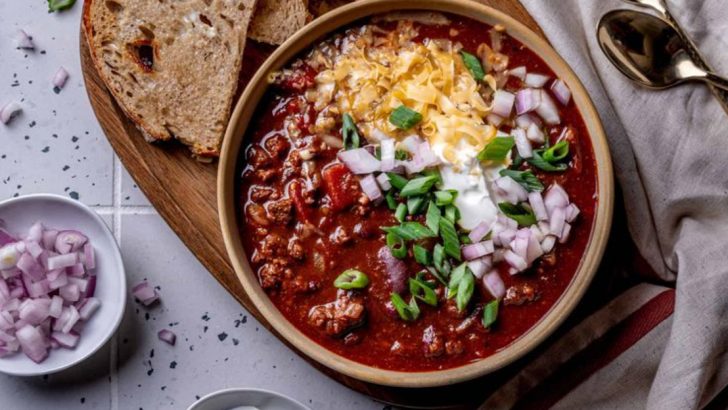Feeling bean-spired? You should be! These nutritional powerhouses are cheap, cheerful, and surprisingly adaptable. But with so many varieties, where do you even begin?
Fear not, bean novice!
We’ve got you covered with this comprehensive guide to 16 types of beans, including foolproof cooking instructions and mouthwatering recipe ideas.
1. Black Beans

Small but mighty, black beans have a velvety texture and slightly sweet flavor that pairs beautifully with spicy ingredients. Native to the Americas, they’re a staple in Latin cuisine.
Try them in burritos, soups, or as a protein-packed side dish. Simmer with garlic, cumin, and a bay leaf until tender, about 1-2 hours after soaking.
2. Kidney Beans
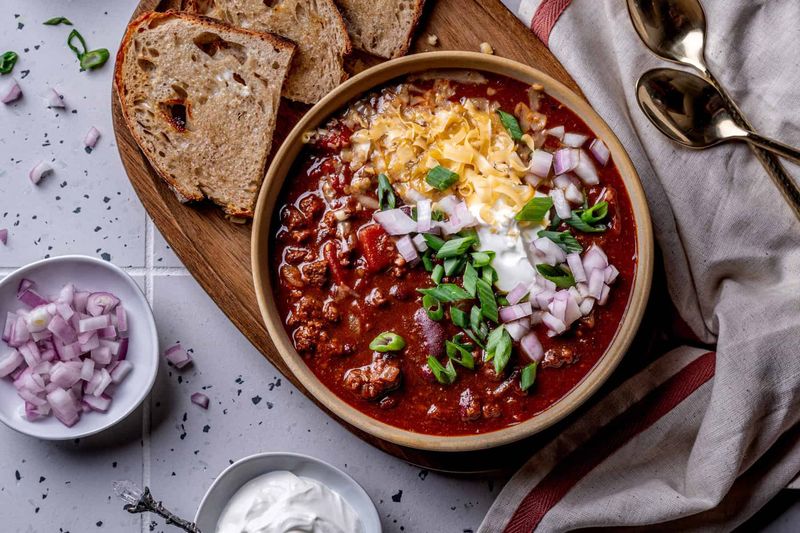
Named for their distinctive shape, kidney beans come in dark and light red varieties. They hold their shape well during cooking, making them perfect for dishes that require longer cooking times.
Always boil these beans for at least 10 minutes before using to neutralize a natural toxin. They shine in chili, minestrone soup, and red beans and rice.
3. Chickpeas (Garbanzo Beans)
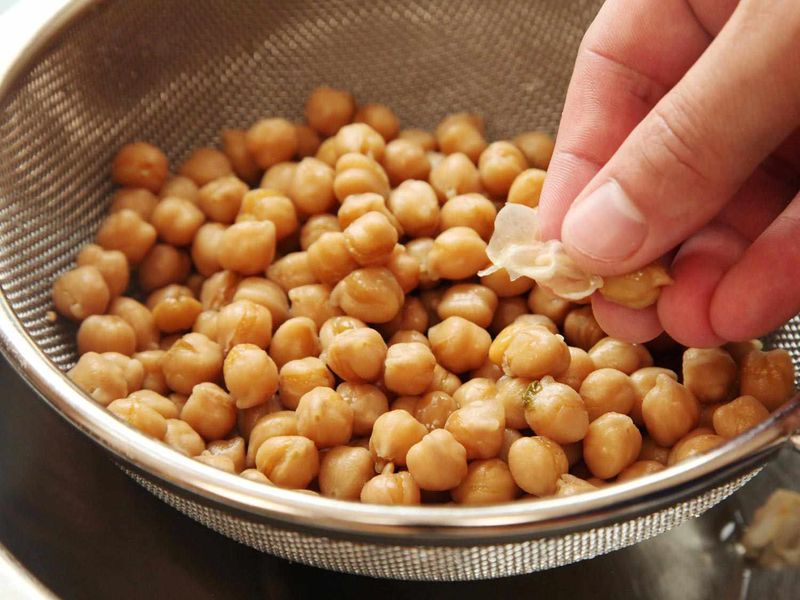
Round and nutty, chickpeas might be the most versatile bean in your pantry. These beige beauties maintain their firm texture even after cooking.
Roast them with spices for a crunchy snack, blend into creamy hummus, or toss into Mediterranean salads. For quick prep, use canned chickpeas—just rinse first to reduce sodium.
4. Pinto Beans
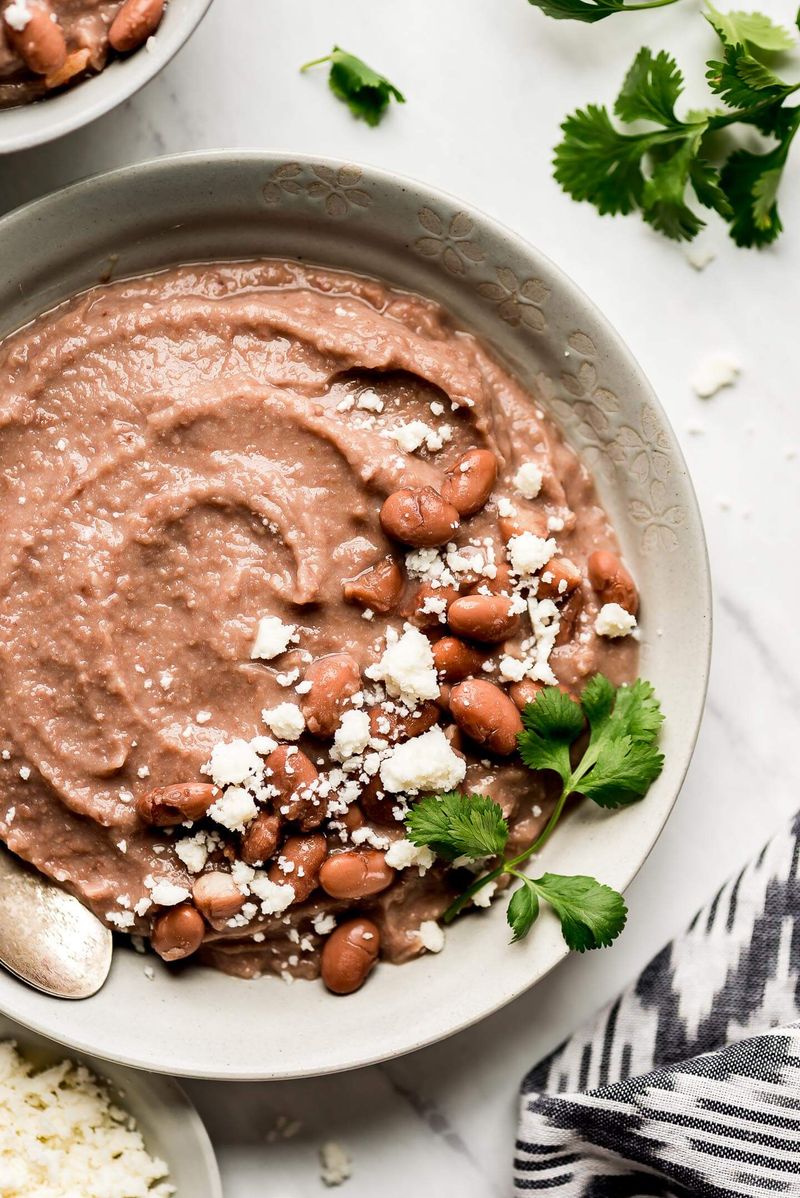
With their speckled appearance when raw (“pinto” means painted in Spanish), these beans cook into a creamy, pale pink delight. They’re the foundation of refried beans in Mexican cuisine.
Simmer with onion, garlic, and a ham hock for depth of flavor. Mash slightly after cooking for the perfect texture in burritos or as a side with rice.
5. Navy Beans

Don’t let their small size fool you—navy beans pack serious flavor and nutrition. These white beans got their name from being a staple in the U.S. Navy diet since the 1800s.
Their mild flavor makes them perfect for absorbing other ingredients. Slow-cook with ham for classic bean soup, or bake with molasses and bacon for traditional Boston baked beans.
6. Cannellini Beans

Elegant and creamy, cannellini beans are the cornerstone of Tuscan cooking. These large white beans have a fluffy texture and mild, nutty flavor that absorbs surrounding ingredients beautifully.
Add them to soups like minestrone or pasta e fagioli. For a simple summer dish, toss cooked cannellini with olive oil, lemon juice, and herbs for a refreshing bean salad.
7. Lima Beans

These flat, green-tinted beans have a buttery texture that earned them the nickname “butter beans” in the South. Lima beans come in both large and baby varieties.
The baby limas are milder and creamier. Cook them simply with butter and herbs, or add to succotash with corn. For best results, simmer slowly until tender but still holding their shape.
8. Great Northern Beans
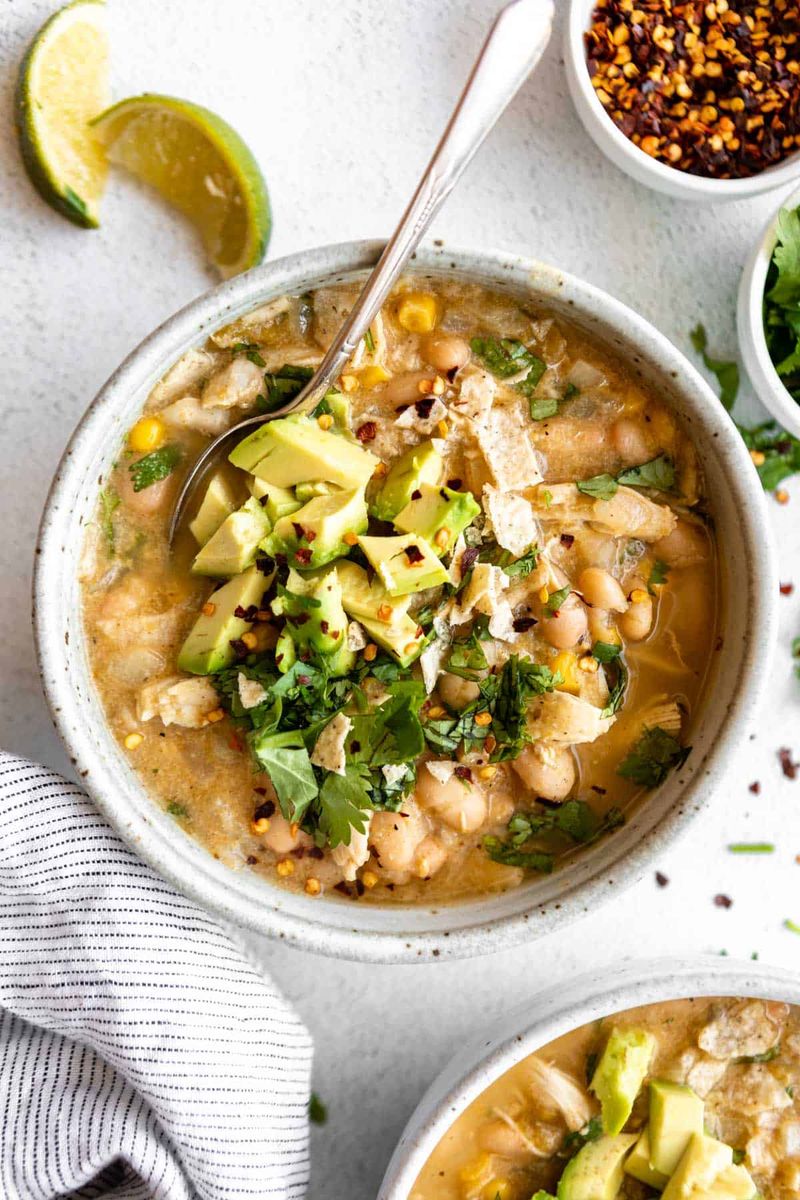
Larger than navy beans but smaller than cannellini, Great Northern beans occupy the middle ground in the white bean family. Their mild flavor and firm texture make them incredibly adaptable.
These beans hold their shape well during cooking. Try them in white chicken chili, bean dips, or cassoulets. They also freeze beautifully after cooking for quick meal additions.
9. Fava Beans

Ancient and revered, fava beans have been cultivated since 6000 BCE. These large, flat beans have a distinctive earthy flavor and creamy texture that’s worth the extra preparation they require.
Fresh favas need double-shelling—first from the pod, then from their waxy coating. Sauté with olive oil and garlic, or mash with herbs for a spring bruschetta topping.
10. Adzuki Beans

Small, ruby-red adzuki beans are treasured in Japanese cooking for their sweet flavor. Unlike many beans, they cook relatively quickly and don’t require pre-soaking.
They are often used in sweet dishes in Asian cuisine. Try them in red bean paste for desserts, or cook with rice for a savory meal. They’re also delicious in soups and stews.
11. Black-Eyed Peas
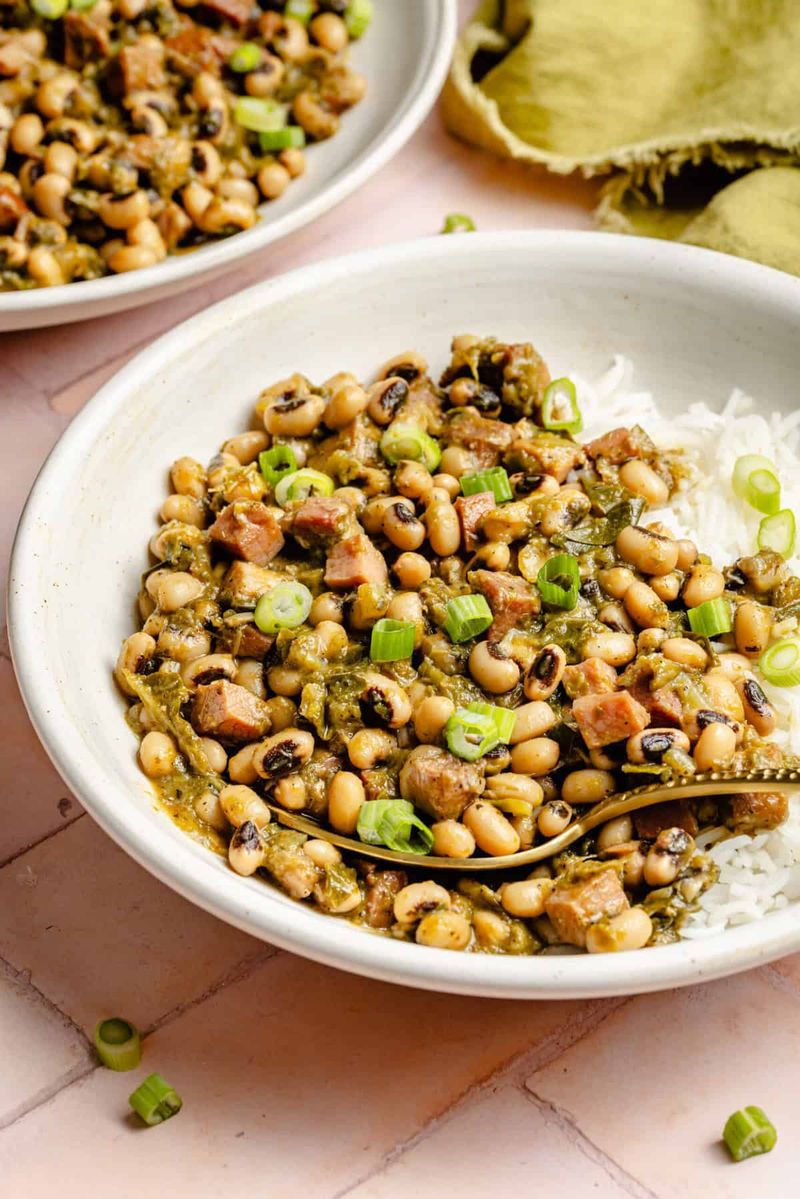
Despite their name, black-eyed peas are actually beans! Recognized by their creamy color and distinctive black “eye,” they’re a Southern tradition, especially on New Year’s Day for good luck.
Their earthy flavor pairs wonderfully with smoky ingredients. Simmer with ham hock, onion, and spices for classic Hoppin’ John, or try them in salads with a tangy vinaigrette.
12. Mung Beans
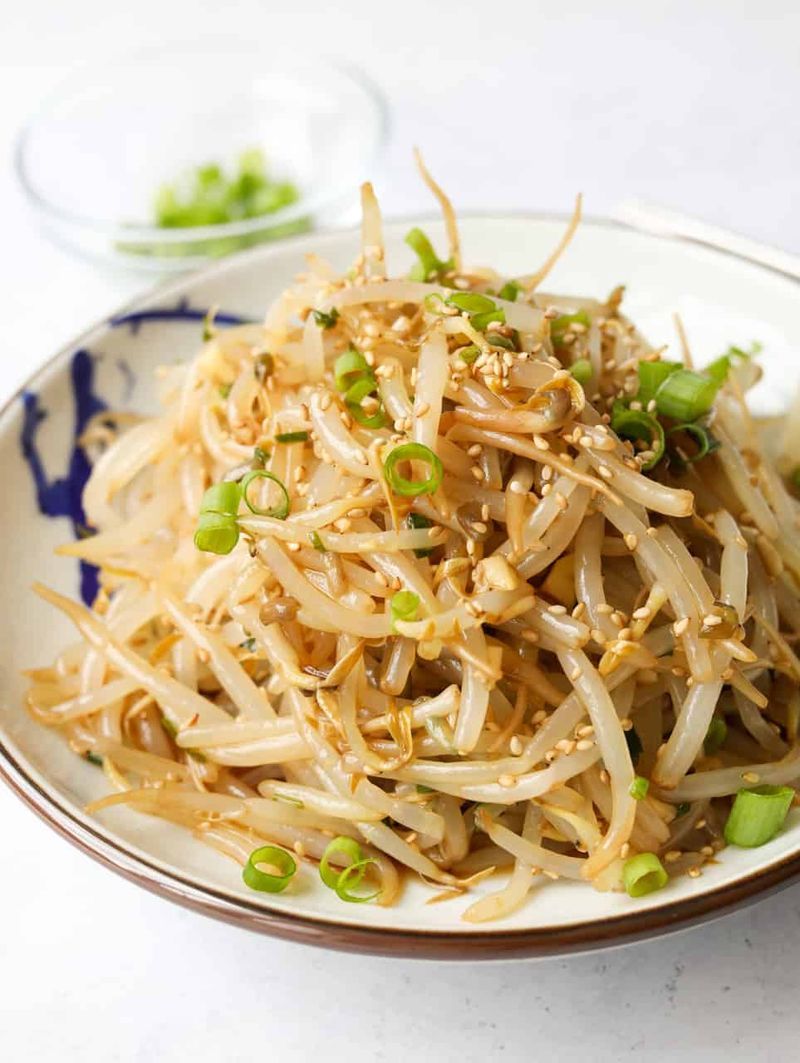
Small and mighty, mung beans are nutritional gems common in Asian cuisine. These little green beans cook quickly and are incredibly versatile, used in both savory and sweet dishes.
Sprout them for salads and sandwiches, or cook into dal for Indian meals. When cooked with sugar, they make sweet soups and fillings for Asian desserts like mochi and moon cakes.
13. Cranberry (Borlotti) Beans

Stunning in their raw state, cranberry beans have beautiful cream and red speckles that fade when cooked. Their flavor is reminiscent of chestnuts—nutty, earthy, and slightly sweet.
Popular in Italian and Portuguese cooking, these beans make exceptional soups and stews. Simmer with sage, garlic, and olive oil for a simple yet delicious side dish that showcases their creamy texture.
14. Flageolet Beans

Considered the caviar of beans in French cuisine, flageolets are small, pale green beans with a delicate flavor. Harvested before fully mature, they retain their distinctive color and tender texture.
Traditionally served with lamb in French cooking, these elegant beans also shine in simple preparations. Cook gently with shallots, thyme, and a bay leaf, finishing with a drizzle of good olive oil.
15. Pigeon Peas

A staple in Caribbean, African, and Indian cuisines, pigeon peas have a nutty flavor with slight sweetness. These small, round beans range from green (when young) to tan and brown (when mature).
Fresh green pigeon peas cook quickly and have a sweeter taste. Try them in rice dishes like Caribbean rice and peas, Indian dal, or African stews with coconut milk and spices.
16. Anasazi Beans
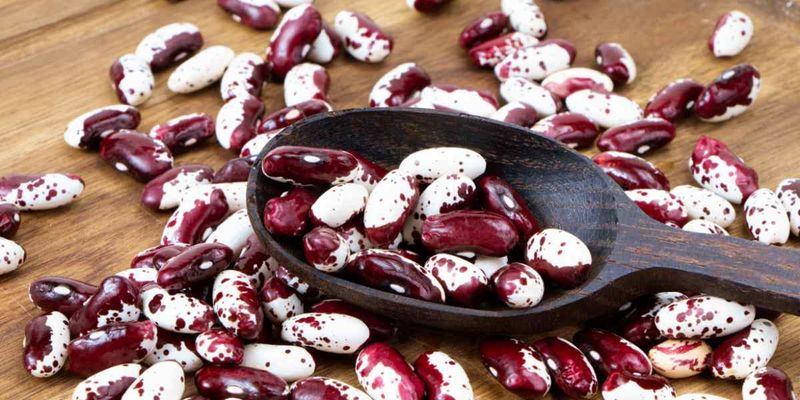
With their striking burgundy and white speckled pattern, Anasazi beans are as beautiful as they are delicious. These ancient beans were cultivated by Native American tribes in the Southwest.
They cook faster than many beans and don’t require soaking. Their slightly sweet flavor makes them perfect for Southwestern dishes, chili, and bean soups. They also make excellent refried beans with a uniquely sweet finish.

